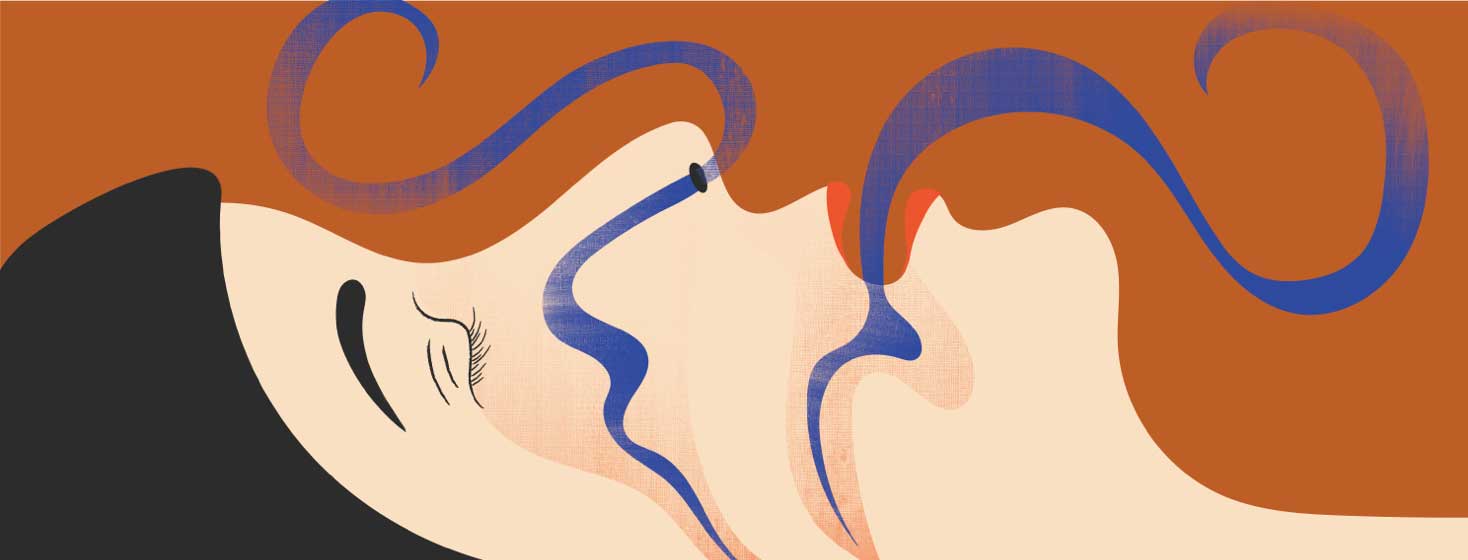Sleep Breathing Conditions and Heart Failure
Poor sleep quality can have significant impacts on our mental and physical health. People with heart failure (HF) commonly suffer from poor sleep quality. Sleep-disordered breathing (SDB) conditions, such as sleep apnea, are a common cause of poor sleep. In these conditions, people have disrupted breathing patterns which affect their overall quality of sleep. Unfortunately, these conditions can be underdiagnosed; therefore, people may never seek treatment. However, there is evidence that treating SDB can improve quality of life and heart-related outcomes.1
How common is SDB?
SDB can be found in up to 50% of people with heart failure, with the most common SDB being obstructive sleep apnea. There are various risk factors that may increase the risk of obstructive sleep apnea; for example:2
- Male sex
- People with higher body weights
- Women who are post-menopause
- People who drink alcohol at bedtime
- Those with a family history of snoring or sleep apnea
- Certain medical conditions, such as low thyroid hormone levels (hypothyroid)
What are symptoms of SDB?
Not everyone with SDB has symptoms. People may not have any symptoms at all, and not realize that there is an issue with their breathing. For those who do have symptoms, symptoms may include:3
- Sweating during the night
- Loud snoring (if you have a partner, they will likely tell you this!)
- A headache first thing when waking up
- Feeling tired, or troubles focusing during the day
- Waking up suddenly gasping for air
What do I do if I have symptoms?
If you suspect you may have SDB, see your doctor. Your doctor may suggest a test called a polysomnography, which is essentially a medical word for a sleep study. Even if you do not have any symptoms of SDB, your doctor may still suggest a sleep study if you have some of the risk factors.4
How is SDB managed?
There is no one treatment for SDB - various approaches are implemented to give the best result. Treatment options include:
- CPAP - a continuous positive airway pressure (CPAP) may be suggested by your doctor. A CPAP is a device you sleep with to help you breathe better at night. It has been shown that CPAPs can have a positive effect on blood pressure, quality of life, and ability to exercise.1
- Exercise - weight loss alone doesn’t typically completely eliminate symptoms of obstructive sleep apnea. However, studies have shown that exercise can help improve sleep quality.5
- Certain medications - Theophylline is a drug used for asthma and chronic obstructive pulmonary disease (COPD). In one study examining the effect of theophylline on people with heart failure and SDB, it was found that the drug reduced breathing disturbances.6 Depending on how severe your SDB is, your doctor may suggest a trial of this medication.
Improving quality of life
If you have suspicions that you have SDB, speak to your doctor. While the condition may not be eliminated fully, significant improvements can be made to improve your quality of life.
Have more to share on the topic of sleep? Start a forum so others can join the conversation!

Join the conversation